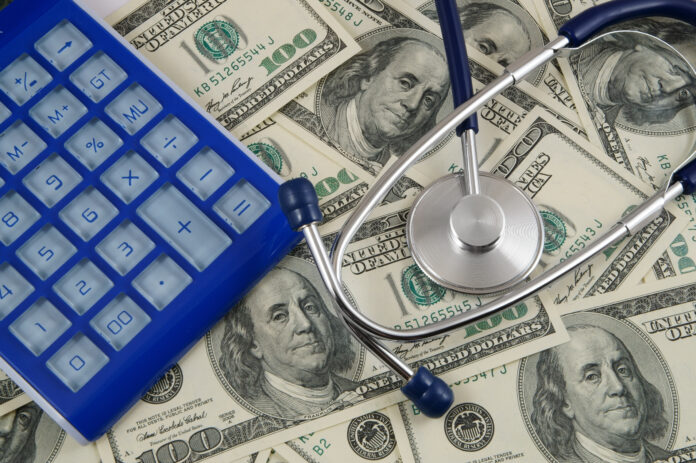
Going to the doctor’s, having medical insurance, paying bills, and understanding the healthcare system all help patients navigate their health, but what happens when the patient can’t access, understand, afford, or fully utilize these services?
Because of these struggles, “patients are becoming active, empowered consumers, shopping for care just like they do for any other good or service. They’re looking for quality and value. As an industry, we have the opportunity to adapt and help enhance the patient experience by providing the tools and information to help empower the consumer, leading to better outcomes for patients, providers and payers” (Anderson).
So how can healthcare institutions help support and improve the experiences and challenges patients are met with?
“First, using tools such as Change Healthcare’s forthcoming Care Cost Estimator—which analyzes the millions of transactions that happen on our platforms—we can tell patients upfront what their out-of-pocket costs will be, based on their insurance coverage and deductible status. Using this information, providers can offer discounts to patients who pay their part in advance or offer payment plans. Healthcare leaders can also think about packaging services or bundling services into a single bill. This not only improves the patient experience by offering predictability and lessening stress, but also helps providers’ revenue cycles by reducing cases of late or nonpayment. As an industry, we shouldn’t wait for onerous and inefficient regulatory action; we should be leading the way in telling patients what they need to know…Before visits to the physician, we can give consumers access to referrals, schedule appointments, and ask patient to complete all their registration forms and check-in with their phone, tablet or online—whichever platform they’re most comfortable. Patients’ preferences vary, so providers can and should personalize their experience as much as possible. We know the design and wording of patient statements impacts comprehension and compliance. These elements must be tailored to demographics and enunciated in simple terms so everyone can understand it” (Anderson).

If creating more simplistic and accessible tools in healthcare can lead to positive changes in patient experience, shouldn’t the same be true for personal finance and wellbeing?
The ability to understand tools and easily access them are essential when using any service. In banking one has to understand fees, credit, debit, accounts, loans, and so much more while also managing their own personal finances. How can design help make this easy for the consumer through new technologies similar to the ones in healthcare?
This question becomes more adapted to the real-world when we understand that people come from all different backgrounds and therefore need different forms of access to the same system whether that be healthcare or finance, so not only do we need to create new technologies and tools in banking itself, we also have to make sure those tools are accessible to anyone. So for a more refined question we ask, how can banking and personal finance take inspiration from healthcare to create new technologies that empower anyone to take charge of their finances?
References:
Anderson, L. Consumerism and the Empowered Patient Experience in Healthcare. American College of Healthcare Executives. https://www.ache.org/blog/2021/consumerism-and-the-empowered-patient-experience



